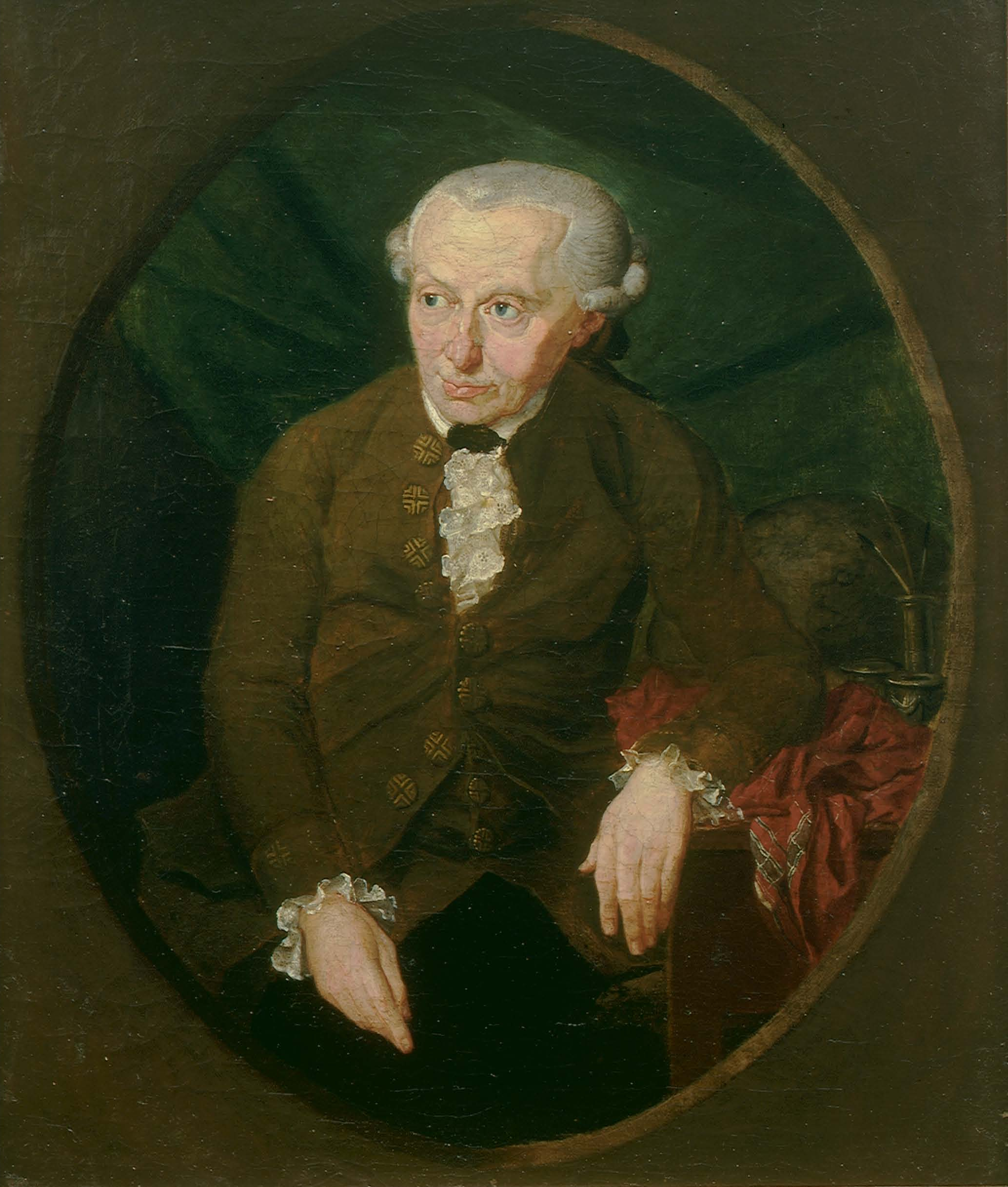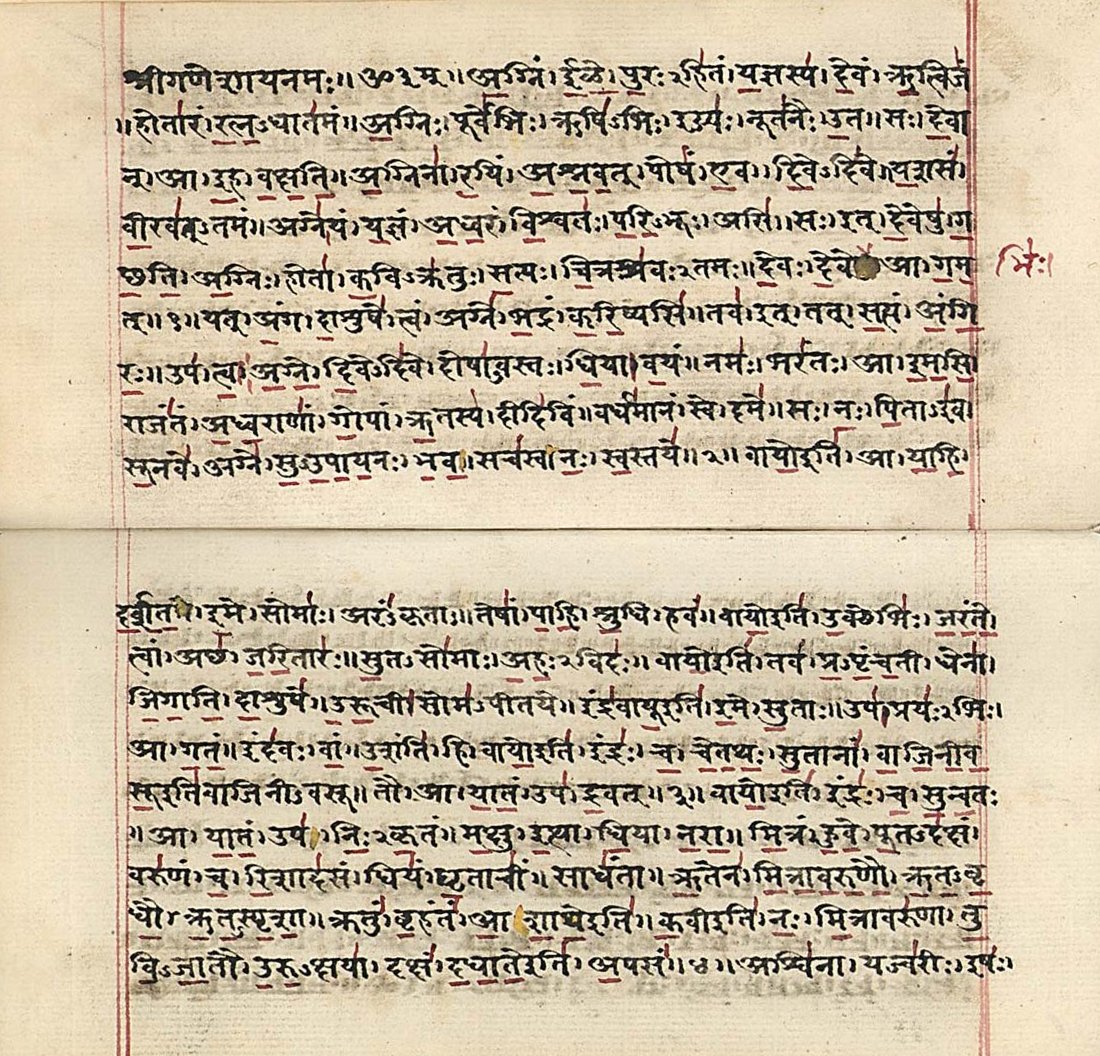|
Tripura Rahasya
The Tripura Rahasya (Devanagari: त्रिपुरा रहस्य, ), also called the Haritāyana Samhitā, is a medieaval (11th-17th century CE) tantric Shakta Sanskrit text. The title has an ambiguous meaning, translated variously as ''The mystery beyond the three cities'', ''The mystery beyond the trinity'', or ''The secret of the supreme Goddess''. Tripura refers to the 'three cities' of consciousness, namely waking, dreaming and deep sleep, but also to the goddess Tripura Sundari, the prime consciousness underlying these three states. It details the path to liberation, as taught by Dattatreya to Parashurama. Nomenclatura Tripurā means "three towns" or "three places," or "the trinity." The three towns or states of consciousness are waking (Jāgṛat), dreaming (Svapna) and deep sleep (Suṣupti). The underlying consciousness of them all is called Tripura, the goddess Tripura Sundari. Rahasya means "secret" or "mystery," 'keeping secret', referring to the Sanskri ... [...More Info...] [...Related Items...] OR: [Wikipedia] [Google] [Baidu] [Amazon] |
Devanagari
Devanagari ( ; in script: , , ) is an Indic script used in the Indian subcontinent. It is a left-to-right abugida (a type of segmental Writing systems#Segmental systems: alphabets, writing system), based on the ancient ''Brāhmī script, Brāhmī'' script. It is one of the official scripts of India, official scripts of India and Nepal. It was developed in, and was in regular use by, the 8th century CE. It had achieved its modern form by 1000 CE. The Devanāgarī script, composed of 48 primary characters, including 14 vowels and 34 consonants, is the fourth most widely List of writing systems by adoption, adopted writing system in the world, being used for over 120 languages, the most popular of which is Hindi (). The orthography of this script reflects the pronunciation of the language. Unlike the Latin alphabet, the script has no concept of letter case, meaning the script is a unicase, unicameral alphabet. It is written from left to right, has a strong preference for symmetri ... [...More Info...] [...Related Items...] OR: [Wikipedia] [Google] [Baidu] [Amazon] |
Kashmir Shaivism
Kashmir Shaivism tradition is a 20th century umbrella-term for a body of Sanskrit learning, Sanskrit exegetical literature from several Nondualism, non-dualist Shaivism, Shaiva-Shaktism, Shakta Tantra, tantric and Monism, monistic religious traditions, often used synonymously for the Trika-school or the "Philosophy of Recognition" (''Pratyabhijna, Pratyabhijnad''). These traditions originated in Kashmir after 850 CE, as an Sanskritization, adaptation to upper-class Hindu norms of 'wild' tantric Kaula (Hinduism), Kaula traditions. Trika Shaivism later spread beyond Kashmir, particularly flourishing in the states of Odisha and Maharashtra. Defining features of the Trika tradition are its Idealism, idealistic and Monism, monistic ''pratyabhijna'' ("direct knowledge of one's self," "recognition") philosophical system, propounded by Utpaladeva (c. 925–975 CE) and Abhinavagupta (c. 975–1025 CE), and the use of several triades in its philosophy, including the three goddesses Par ... [...More Info...] [...Related Items...] OR: [Wikipedia] [Google] [Baidu] [Amazon] |
Metaphysics Literature
Metaphysics is the branch of philosophy that examines the basic structure of reality. It is traditionally seen as the study of mind-independent features of the world, but some theorists view it as an inquiry into the conceptual framework of human understanding. Some philosophers, including Aristotle, designate metaphysics as first philosophy to suggest that it is more fundamental than other forms of philosophical inquiry. Metaphysics encompasses a wide range of general and abstract topics. It investigates the nature of existence, the features all entities have in common, and their division into categories of being. An influential division is between particulars and universals. Particulars are individual unique entities, like a specific apple. Universals are general features that different particulars have in common, like the color . Modal metaphysics examines what it means for something to be possible or necessary. Metaphysicians also explore the concepts of space, time, an ... [...More Info...] [...Related Items...] OR: [Wikipedia] [Google] [Baidu] [Amazon] |
Sanskrit Texts
Sanskrit (; stem form ; nominal singular , ,) is a classical language belonging to the Indo-Aryan branch of the Indo-European languages. It arose in northwest South Asia after its predecessor languages had diffused there from the northwest in the late Bronze Age. Sanskrit is the sacred language of Hinduism, the language of classical Hindu philosophy, and of historical texts of Buddhism and Jainism. It was a link language in ancient and medieval South Asia, and upon transmission of Hindu and Buddhist culture to Southeast Asia, East Asia and Central Asia in the early medieval era, it became a language of religion and high culture, and of the political elites in some of these regions. As a result, Sanskrit had a lasting effect on the languages of South Asia, Southeast Asia and East Asia, especially in their formal and learned vocabularies. Sanskrit generally connotes several Old Indo-Aryan language varieties. The most archaic of these is the Vedic Sanskrit found in the Rigved ... [...More Info...] [...Related Items...] OR: [Wikipedia] [Google] [Baidu] [Amazon] |
Hindu Texts
Hindu texts or Hindu scriptures are manuscripts and voluminous historical literature which are related to any of the diverse traditions within Hinduism. Some of the major Hindus, Hindu texts include the Vedas, the Upanishads, and the Itihasa. Scholars hesitate in defining the term "Hindu scriptures" given the diverse nature of Hinduism,Dominic Goodall (1996), Hindu Scriptures, University of California Press, , p. ix–xliii but many list the Āgama (Hinduism), Agamas as Hindu scriptures,Klaus Klostermaier (2007), A Survey of Hinduism: Third Edition, State University of New York Press, , pp. 46–52, 76–77 and Dominic Goodall includes Bhagavata Purana and Yajnavalkya Smriti in the list of Hindu scriptures as well. History There are two historic classifications of Hindu texts: ''Śruti, Shruti'' (Sanskrit: श्रुति, ) – that which is heard, and ''Smriti'' (Sanskrit: स्मृति, IAST: ''Smṛti'') – that which is remembered. The ''Shruti'' texts refer to th ... [...More Info...] [...Related Items...] OR: [Wikipedia] [Google] [Baidu] [Amazon] |


